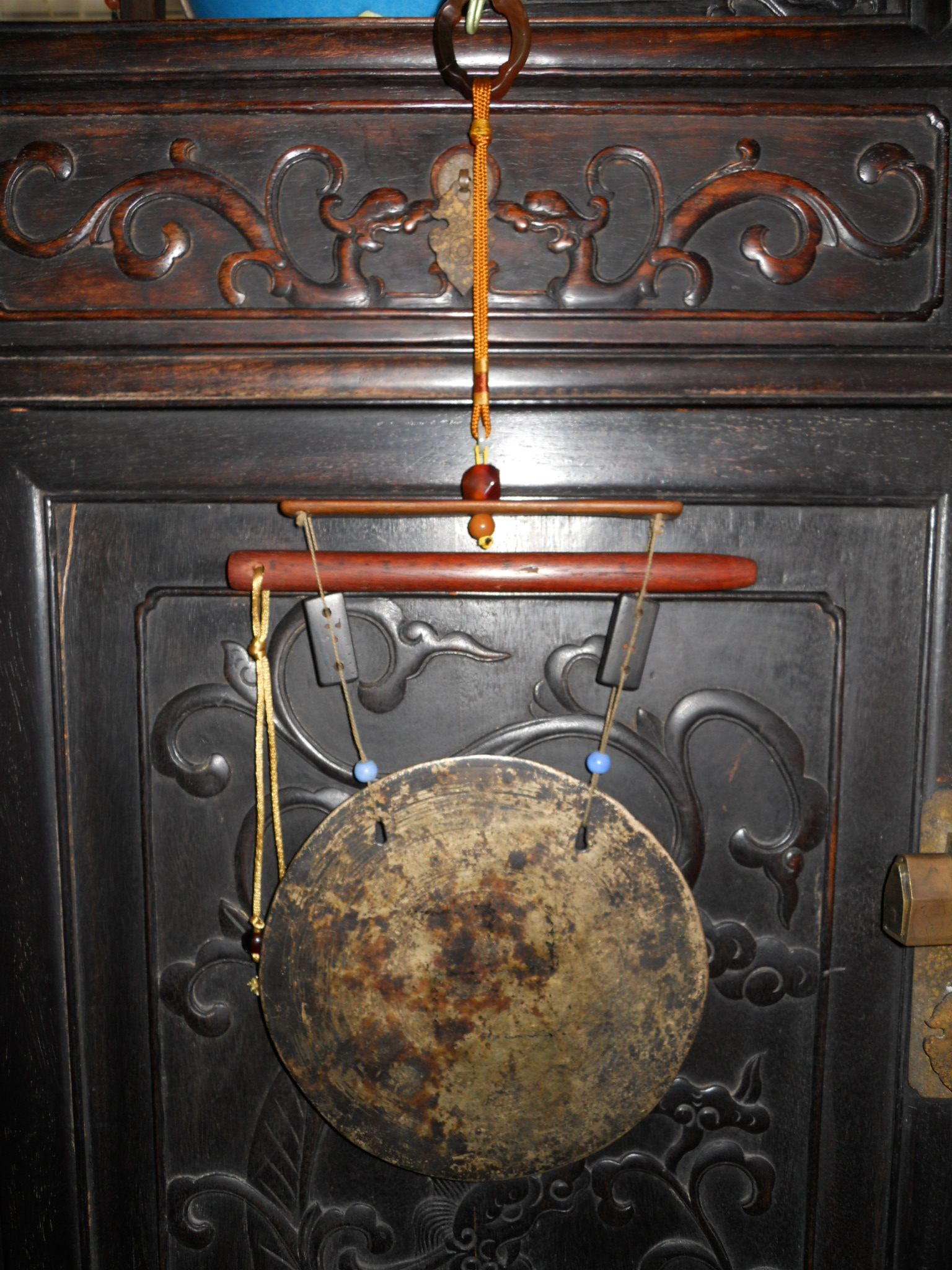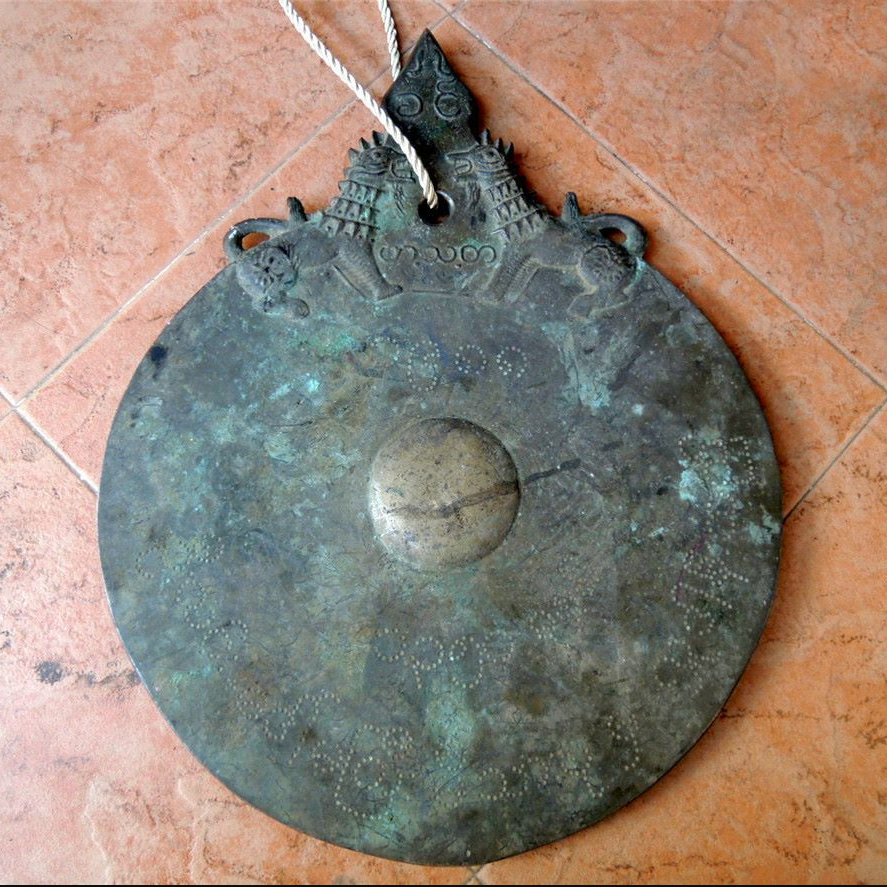The use of rhyme board
151 views · Organized by 向日葵 on 2022-02-07
The rhyme board is mainly used as a Theravada Buddhist instrument in Buddhist activities. The big ones are hung in the Buddhist hall, and every time the scriptures are opened, chanted, terminated, and closed, etc., they must be tapped several times; in the ceremony of opening and closing the altar, the big rhyme board is the leading musical instrument, and then the drum and the busy. , cymbals, conch, etc. can be heard in unison.
When monks live, eat, and go up and down the Buddhist temple, they should also be tapped as a signal. When not in use, tie it to the inner pillar of the Buddhist hall.
Small rhyme boards are used on occasions such as when the Buddha is on the street, entering villages, etc. The little monk accompanies him while walking and hitting, to signal the women on the road to quickly avoid it. The novice also taps the small rhyme board as a signal when making alms. Yunban is only used in Buddhist monasteries.
In the Buddhist halls of Theravada Buddhist monasteries, there is also a circular rhyme board, which is called Cadmium Dan in Dai language. Next to the rhyme board.
Whenever the Buddha finished reciting a passage of scriptures, he would tap several times, the pronunciation is bright, the tone is pure and crisp, the reverberation is long, and the sound is far-reaching, making the Buddhist hall full of solemn and mysterious religious atmosphere. This circular rhyme board is also used in the folk percussion ensembles of the Dai and Bulang peoples.
When monks live, eat, and go up and down the Buddhist temple, they should also be tapped as a signal. When not in use, tie it to the inner pillar of the Buddhist hall.
Small rhyme boards are used on occasions such as when the Buddha is on the street, entering villages, etc. The little monk accompanies him while walking and hitting, to signal the women on the road to quickly avoid it. The novice also taps the small rhyme board as a signal when making alms. Yunban is only used in Buddhist monasteries.

In the Buddhist halls of Theravada Buddhist monasteries, there is also a circular rhyme board, which is called Cadmium Dan in Dai language. Next to the rhyme board.

Whenever the Buddha finished reciting a passage of scriptures, he would tap several times, the pronunciation is bright, the tone is pure and crisp, the reverberation is long, and the sound is far-reaching, making the Buddhist hall full of solemn and mysterious religious atmosphere. This circular rhyme board is also used in the folk percussion ensembles of the Dai and Bulang peoples.
Reference materials and contributors
韵板(百度百科)
每周一说.我的藏品《明代青铜佛家礼器~韵板》的珍藏与欣赏(之十五)
宗教收藏1810-边疆早期特大号浮雕双兽刻经文圆型铜韵板云磬云板7.36KG
韵板(百度百科)
每周一说.我的藏品《明代青铜佛家礼器~韵板》的珍藏与欣赏(之十五)
宗教收藏1810-边疆早期特大号浮雕双兽刻经文圆型铜韵板云磬云板7.36KG
Involving musical instruments
Yunban (pinyin: yun ban) belongs to the percussion instrument category among the body-sounding instruments. It is a percussion instrument of the Dai, Brown, De'ang, Achang and other ethnic groups. In the Dai language, it is called Gan, Lagan, Sister Borrowing, and Delivery. The local Han people call it Yunban, Yunqing, Yunban, and copper bells. Popular in Xishuangbanna, Dehong, Lincang and other areas in Yunnan Province.
 渝公网安备 50010702504639号
渝公网安备 50010702504639号